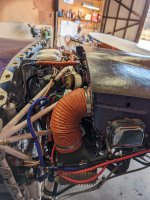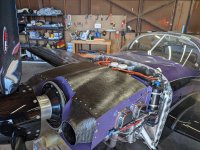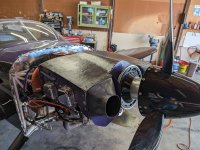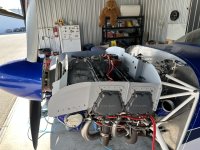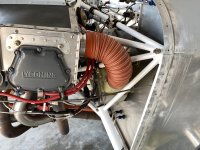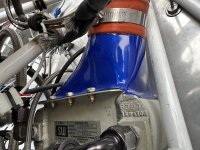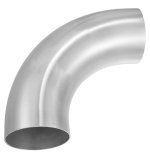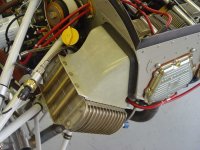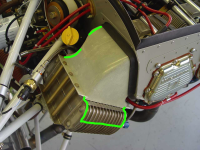Cardinal767
Member
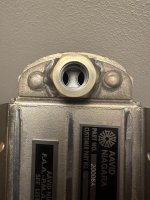 Since I’m still waiting on my engine parts for my Lycoming IO-360, I decided to upgrade a few things. Going from an 11 row to a 13 row oil cooler seems to be a good idea. The cooler I received from Vans wasn’t what I was expecting when it comes to increasing cooling efficiency. Is it me, or is this a lot of obstruction of flow on both ends? The 11 row cooler doesn’t have the same construction.
Since I’m still waiting on my engine parts for my Lycoming IO-360, I decided to upgrade a few things. Going from an 11 row to a 13 row oil cooler seems to be a good idea. The cooler I received from Vans wasn’t what I was expecting when it comes to increasing cooling efficiency. Is it me, or is this a lot of obstruction of flow on both ends? The 11 row cooler doesn’t have the same construction.
